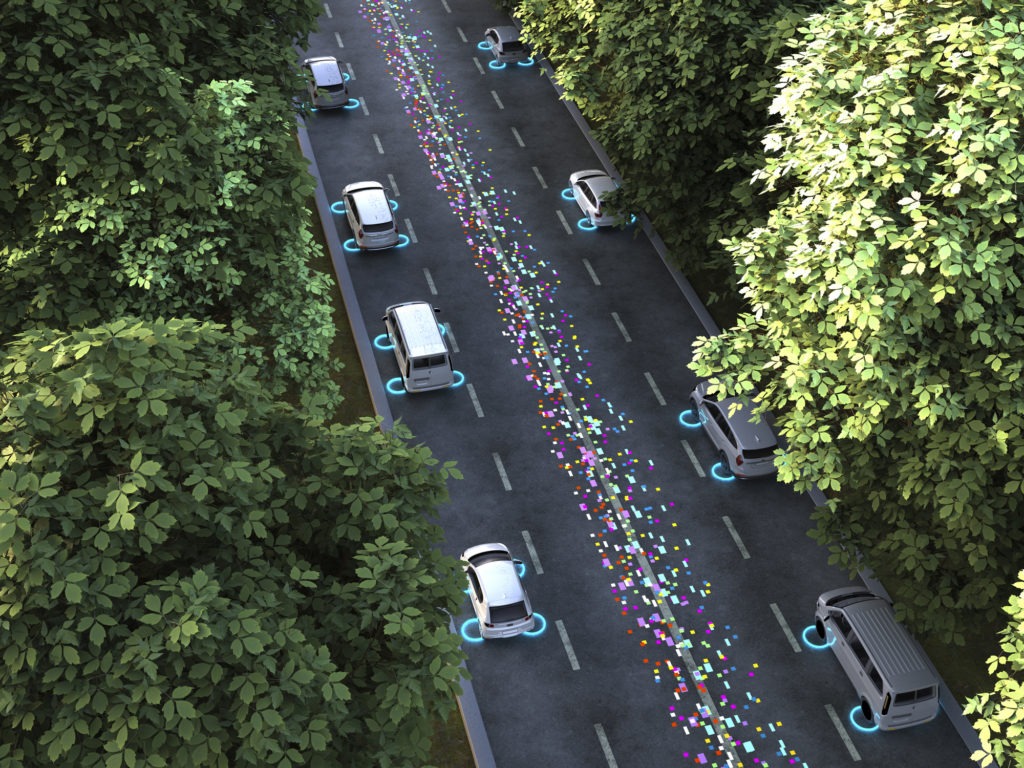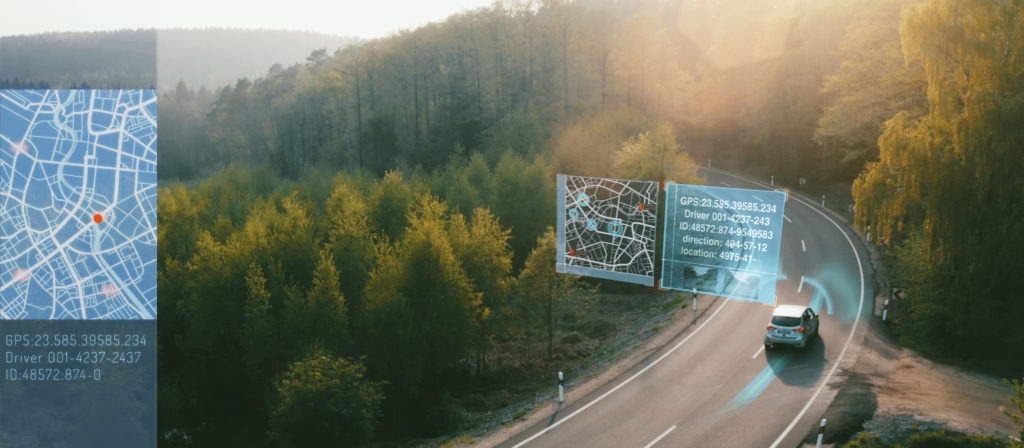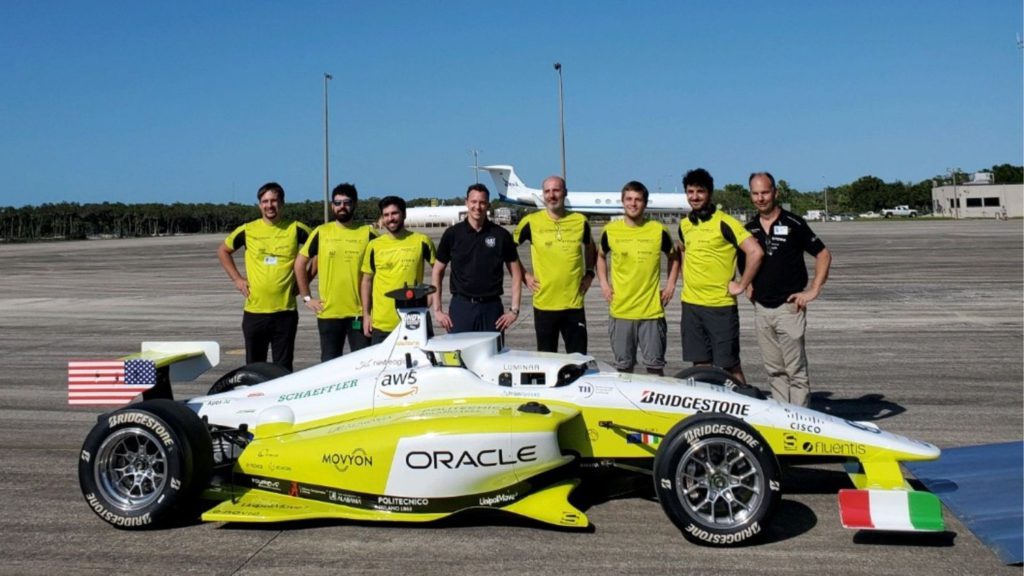Germany wants to lead the autonomous-driving revolution
14 July 2022

The race is on to bring autonomous vehicles to the road, with Germany striving to be a pioneer of driverless technology, writes Autovista24 journalist Rebeka Shaid.
Germany has put a legislative framework in place, hailed as a world-first, with the Federal Council recently passing a decree on the autonomous-driving act. But what does this mean for the car sector?
The VDA, Germany’s association of the automotive industry, said the nation has now reached a milestone in the journey to make autonomous vehicles part of everyday life. While the US has high-profile autonomous driving projects in place – Alphabet’s Waymo springs to mind – Germany is pursuing a nationwide approach that is currently amiss across the pond and in other parts of the world.
‘We are an international leader in autonomous driving because there is no nation or region in the world other than Germany with a comprehensive legal framework for automated and connected driving,’ VDA managing director Marcus Bollig told Autovista24.
Greenlighting autonomous vehicles
The law is greenlighting the deployment of autonomous vehicles up to SAE level 4, which does not require human interaction in most circumstances. This could include delivery vans, shuttle services, and robotaxis, which Intel subsidiary Mobileye is trialling in Germany. The aim is for these types of vehicles to cruise around public roads and be in regular operation this year.
‘Autonomous driving will develop extremely dynamically in the next few years and is one of the major future-related issues. It is now important to implement the law and the ordinance as quickly as possible,’ said Bollig.
Crucially, the bill demands autonomous vehicles operate in designated areas that must be approved by the authorities. This points to autonomous-driving technology not being as advanced as car enthusiasts like to believe. Critics highlight that autonomous vehicles can give a false sense of security, with a higher risk of accidents when traffic becomes unpredictable.
But that is not stopping Germany from creating overarching rules. The ministry of transport wants to be a key advocate for evolving the legal framework for autonomous driving at EU and UNECE levels.
The EU Commission is now examining the legal structure for automated and connected vehicles, aiming to deliver the technical rules for ‘fully-driverless vehicles’ this summer. The hope is to make the bloc a forerunner in the field, especially as the US and China are also eager to get ahead of the game.
Commercial use of autonomous cars
For carmakers, all of this means ramping up efforts in this innovative area. ‘The [automotive] industry will systematically use the trialling opportunities in Germany so that people can experience automated and autonomous vehicles first hand,’ the German ministry of transport said.
Late last year, Mercedes-Benz was the first car manufacturer to receive regulatory approval to deploy the Drive Pilot Level 3 automated system in some of its premium cars. This feature enables conditional automation at 60kph in congested traffic on around 13,000km of German roads.
Another carmaker investing in autonomous-vehicles technology is Volkswagen (VW). The German brand is keen to roll out Europe’s first autonomous ride-pooling project, dubbed Moia. The goal is to create an autonomous and internationally scalable ride-pooling system in Hamburg by the middle of the decade. The German law will make it easier for Moia to fulfil its mission.
‘Germany has created a very progressive framework for autonomous driving. It makes the commercial approval and scaling of an automated-driving offer much easier,’ Moia told Autovista24. ‘In Germany, we should definitely try to be the first country to make the transition from testing to regular operation. This is the only way that autonomous-ride pooling can grow into a cornerstone of attractive, safe, and efficient urban transport.’
VW’s software unit Cariad has also teamed up with automotive supplier Bosch to develop automated-driving functions that will be used across all of the carmaker’s vehicle classes. While the companies aim to implement autonomous driving up to SAE level 3, the target is to explore SAE level 4 functions.
The German antitrust office recently approved the cooperation between VW and Bosch, which are now free to dive into researching and developing autonomous-driving functions. But the authority said it would ‘keep an eye on the cooperation’s development based on the companies’ self-assessment under competition law.’
Concerns and challenges
Germany’s framework on autonomous driving is giving carmakers legal certainty, but concerns have been raised, especially around vehicle safety, data use and protection, as well as infrastructure. ‘It is crucial to think about and design the infrastructure accordingly. To do this, countries must push ahead with approvals for the public areas that autonomous vehicles are allowed to drive in,’ said Bollig.
‘From the perspective of the automotive industry, the ordinance still needs additions and clarifications in individual points. Among other things, the set of rules must go hand in hand with technological development and should therefore be regularly evaluated and further developed. Above all, the users of autonomous-driving functions need a reliable digital infrastructure in Germany. Massive investments are needed here to close the still large gaps.’
Germany’s law on autonomous driving is more of an interim solution until regulations are implemented at a European level. Yet, it is serving as a basis for European law and is moving autonomous driving from research into practice. The country’s potential to develop and build autonomous vehicles is multifaceted and can actively shape the future of mobility.



